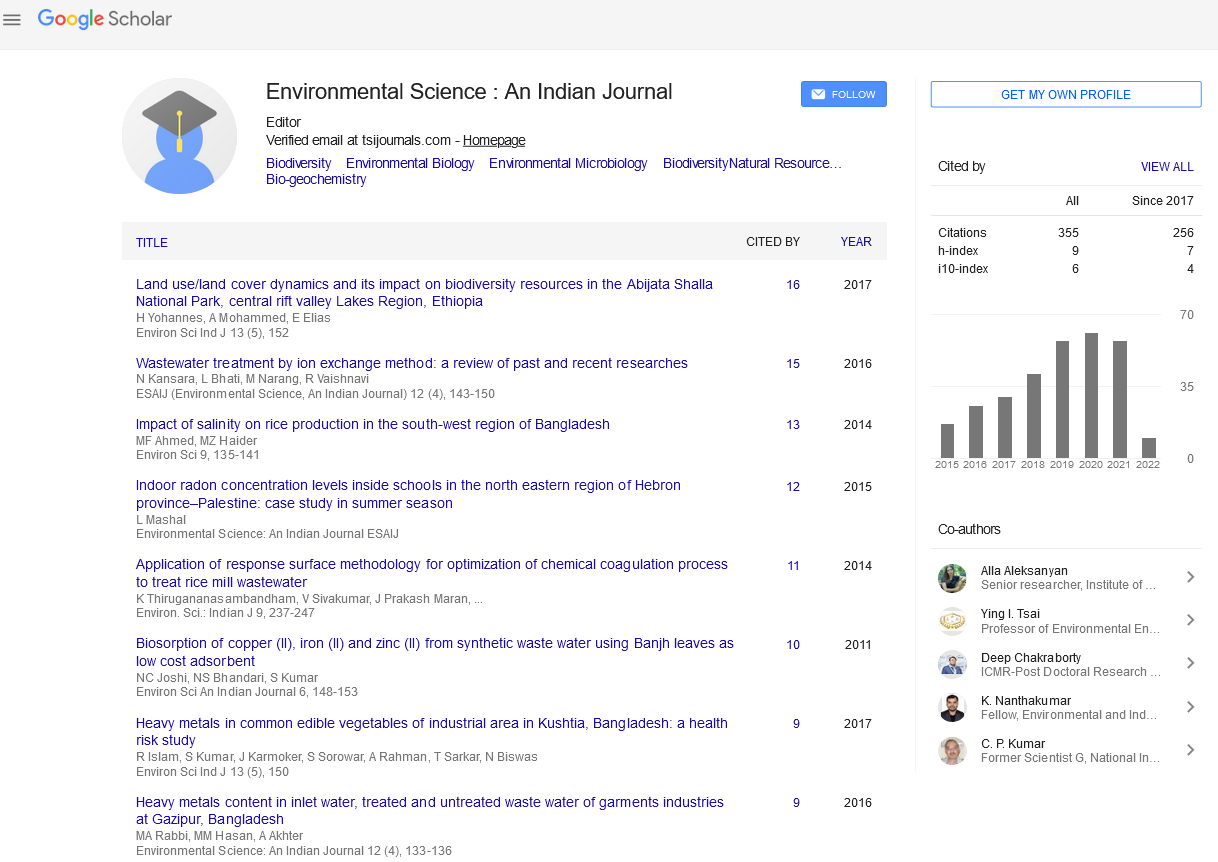Abstract
The Effects Of Tannery Effluents On The Environment: The Case Of Bahir Dar Tannery, Amhara Region, Ethiopia
Author(s): Mekuanint LewoyehuTannery effluents are of large scale environmental concern because they color and diminish the quality of water bodies into which they are released. Biodegradable wastes from tanneries depress DO and encourage anaerobic activity and leads to release of noxious gases. The Blue Nile River has been exposed to wastes released from different sources which affect the aquatic ecosystem. Effluent released from Bahir Dar Tannery is one of the major factors that affect the water quality of this River. So, the current study was aimed to investigate the level of water quality parameters of effluents discharged from this tannery. To achieve the objective of this study, effluent samples (before and after the treatment plant) and water samples (from up and downstream part the Blue Nile River) were collected from six sampling points from April to October, 2018. The collected samples were subjected to the analysis of selected water quality parameters. Data were analyzed by MS Excel and SPSS version 22. The To, pH, EC, TDS, DO, total hardness, total alkalinity, BOD5, PO4-3, and SO4-2 levels of the analyzed samples were found to be in the range 24.4 to 26.1 0C, 7.43 to 8.18, 196 to 3916.33 µs/cm, 82.44 to 4773 ppm, 3.2 to 6.79 mg/l, 82 to 726.67, 71.67 to 1386.67, 33.53 to 80.53 mg/l, 2.11 to 133.59 mg/l and 9.17 to 486.67 mg/l, respectively. The study revealed that the levels for most of the water quality parameters of the analyzed effluent samples were found to be beyond the provisional discharge limit of EEPA and WHO. This indicates the Blue Nile River is under the pollution load of the effluents from Bahir Dar tannery industry.

